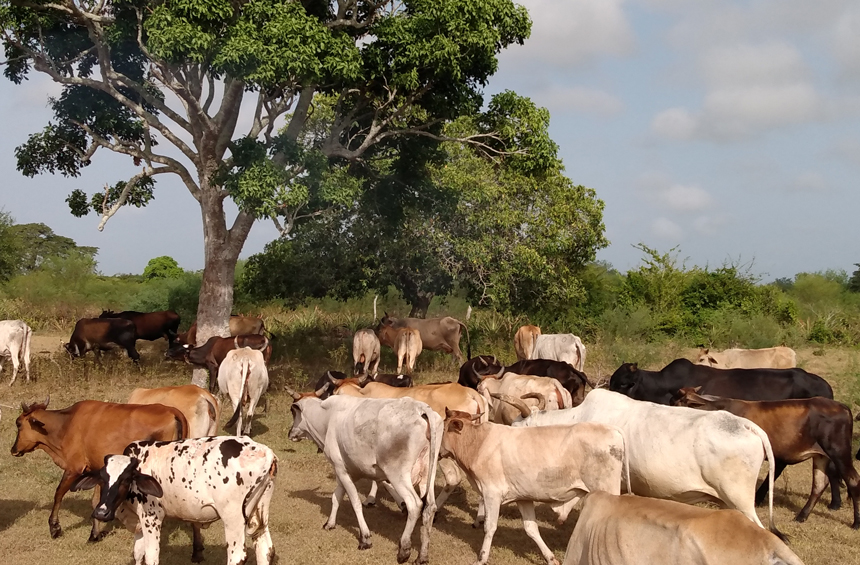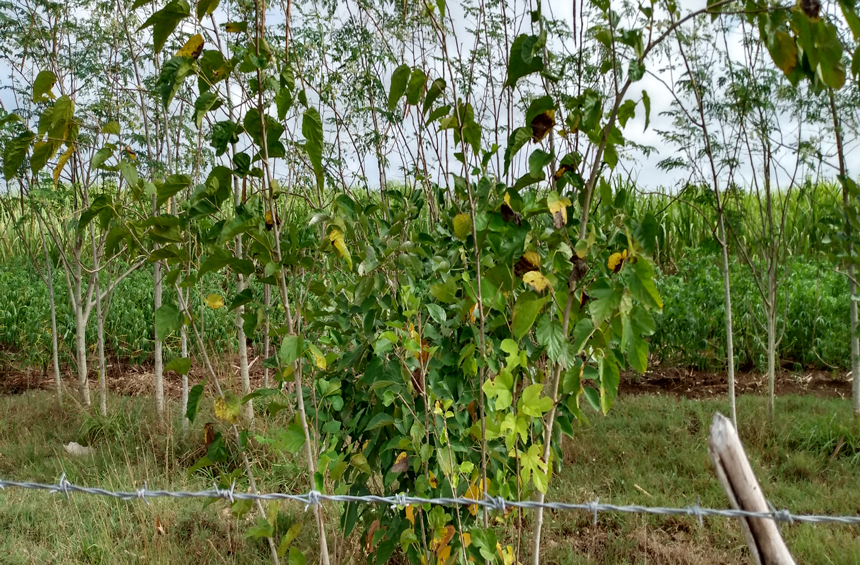
During the first half of the year 2023, malnutrition remained among the main causes of death of cattle in the province of Las Tunas and that shows how much remains to be done to ensure the feeding of these animals, especially pregnant and calves.
Las Tunas, Cuba.- As far back as May 2021, in a meeting with producers, specialists, and leaders of the agricultural sector, it was said that Las Tunas could be one of the first Cuban provinces to guarantee the nutrition of the masses with its resources.
But, more than two years later, we still have to lament the loss of animals because there is little foresight to meet the requirements of the cattle in the stage of greatest drought when natural pastures are scarce in the paddocks.
This is not a new phenomenon; however, the arrival of the rains and the greening of the grass in some individual producers and various forms of government, the arrival of the rains and the greening of the grass make them forget the anguish of the most critical months when feeding and watering is a problem.
Fortunately, the mentality is changing, albeit slowly, and more speed is needed. Part of what has been achieved in the eight municipalities of Las Tunas is due to the impetus of the provincial committee of the National Association of Small Farmers (ANAP in Spanish).
Roberto Medrano Ledesma, provincial president of the organization, considered that, given the climatic situation that characterizes this area, the favorable impact on livestock development of planting pasture and forage, especially in milk production, has been demonstrated.
He said that in all the municipalities there are units with notable results in the increase of the average milk per cow and that many reserves left, which could give better productive and economic results to the units and the cooperative members.
As an example, he mentioned the Calixto Sarduy Arcia agricultural production cooperative (CPA) in Becerra, in the municipality of Las Tunas, whose land is of very poor quality. Nevertheless, they have cattle in excellent physical condition, with good milk and meat yields.
This satisfies Reydenis González Céspedes, president of the production unit, who explained that they have three silvopastoral areas, with three quarters each, and an association of leucaena and Mulato grass, which has given good results so far.
"The effects of the silvopastoral system are evident, especially in the case of the Orive dairy, where very good results have been recorded. There the cattle are fat and healthy, it is because of the attention given to them as the areas free of these proteins, and fodder plants are in a bad state.
 Development of a silvopastoral area for cattle feeding in the Calixto Sarduy agricultural production cooperative. |
"It hasn't rained here for more than two months and the fields are almost bare. To guarantee the animals' food and well-being, we have guásima and algarroba from the country, which provide seeds, shade, and leaves that the cattle eat."
"We also have other types of feed. We have Pangola, star grass, and protein plants such as moringa, mulberry, tithonia, Cratylia, and Nacedero. We are now consolidating these crops for the intensive production of multi-nutritional blocks."
"Thanks to the Support Project for Agricultural Intercooperation (APOCOOP in Spanish), we have received technology that favors animal feed, with forage machines and shredders, as well as a windmill that will allow the extraction of water from underground sources."
The experience of this cooperative must be multiplied to guarantee the vitality of the livestock in the dry period, with an adequate protein balance in their nutrition, without imported fodder, but from what is sown and harvested in each entity.






